AGA Medical was founded by Kurt Amplatz and Frank Gougeon
In 1997, Kurt Amplatz, MD and son-in-law Frank Gougeon founded AGA Medical. The company, based in Plymouth, designed…
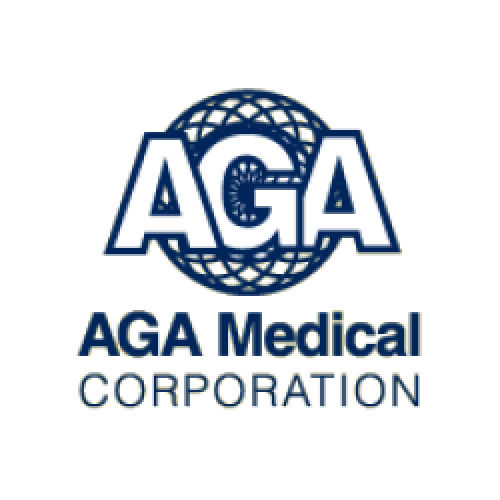
In 1997, Kurt Amplatz, MD and son-in-law Frank Gougeon founded AGA Medical. The company, based in Plymouth, designed…

On Oct. 25, 1996, the first gene therapy trial for patients with Hunter syndrome was begun at the…
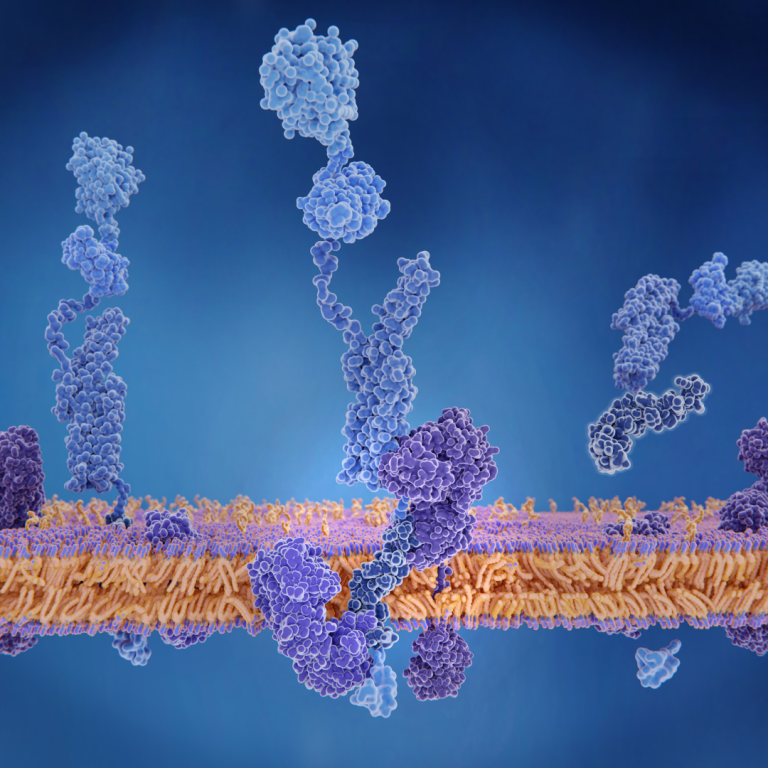
In 1996, the first genetically engineered mouse model showing amyloid plaques and dysfunctional learning and memory found in…
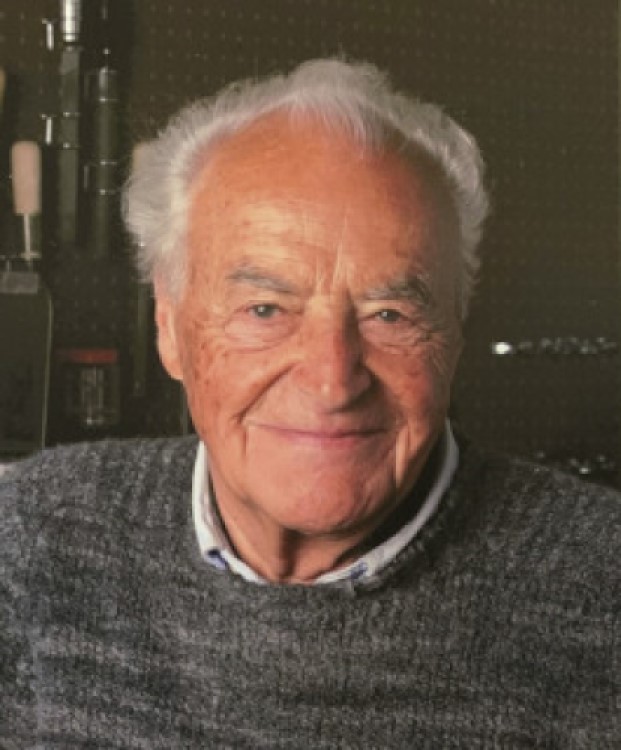
In 1996, Kurt Amplatz performed one of the first percutaneous catheterization of the heart. Amplatz, M.D., who was…

In 1995, Kurt Amplatz, M.D. created Goose-Neck Snares which are used to retrieve broken catheters and other items…

In 1991, Honeycrisp (Malus pumila), an apple cultivar (cultivated variety) developed at the Minnesota Agricultural Experiment Station’s Horticultural…
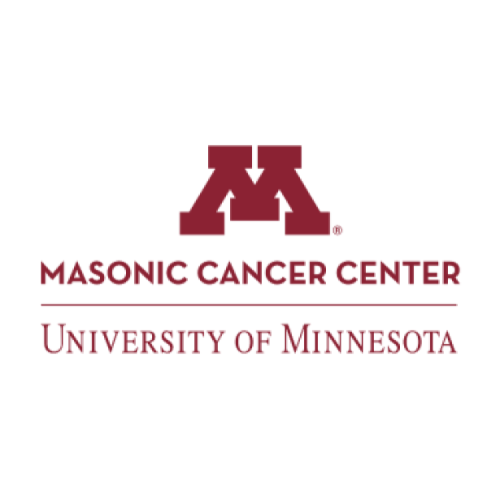
In 1987, the University of Minnesota Cancer Center, now known as the Masonic Cancer Center, received National Cancer…
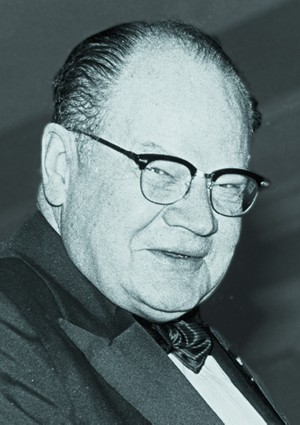
In 1982, The Priestley Medal was awarded to Bryce Crawford, Jr. by the American Chemical Society “to recognize…
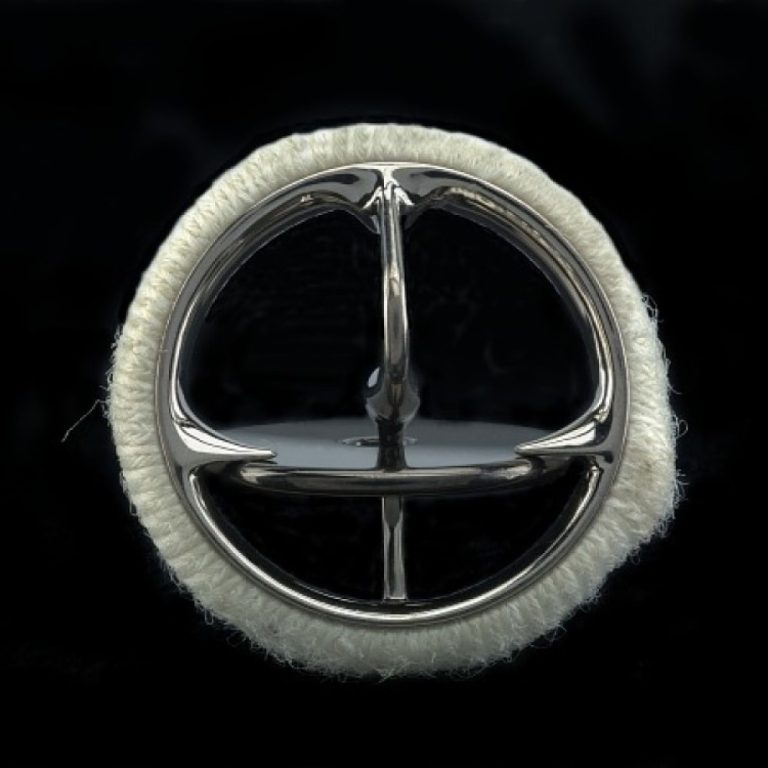
In 1979, Medtronic established a Heart Valves division and introduced the Medtronic Hall mechanical heart valve. This prosthetic…

In 1976, St. Jude Medical was founded by Manny Villafana in Little Canada, a suburb of Saint Paul….

On Jan. 1, 1975, Kurt Amplatz published Radiographic changes in the postoperative patient in Cardiovascular Diseases. Amplatz, M.D.,…
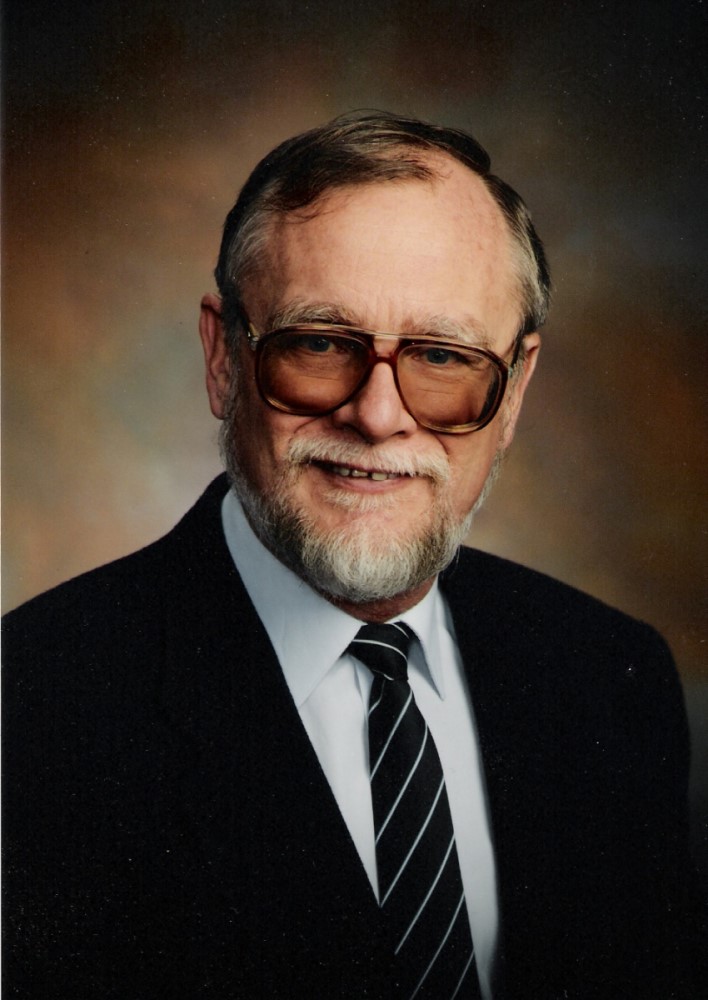
In 1975, Molecular Probes was founded by Richard and Rosaria Haugland in their kitchen in Minnesota. The biotechnology…

In 1968, Medtronic annual sales skyrocketed to more than $12 million, with the company reporting net income in…
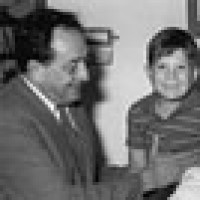
In 1968, the world’s first successful bone-marrow transplant was completed at the University of Minnesota Hospital under the…

In 1967, Medtronic opened a service center at Amsterdam’s Schiphol Airport. Staffed round-the-clock, the Schiphol Depot provided physicians…
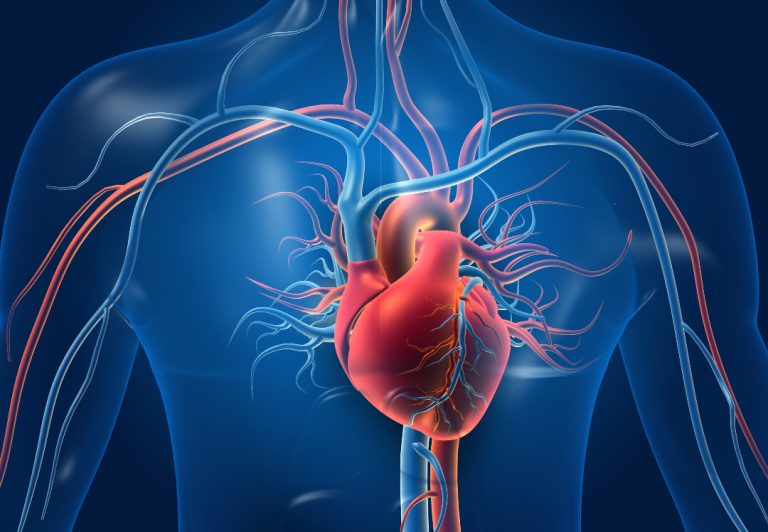
In 1967, Medtronic introduced two “on-demand” pacemakers, designed to avoid competition between paced beats and the patient’s own…
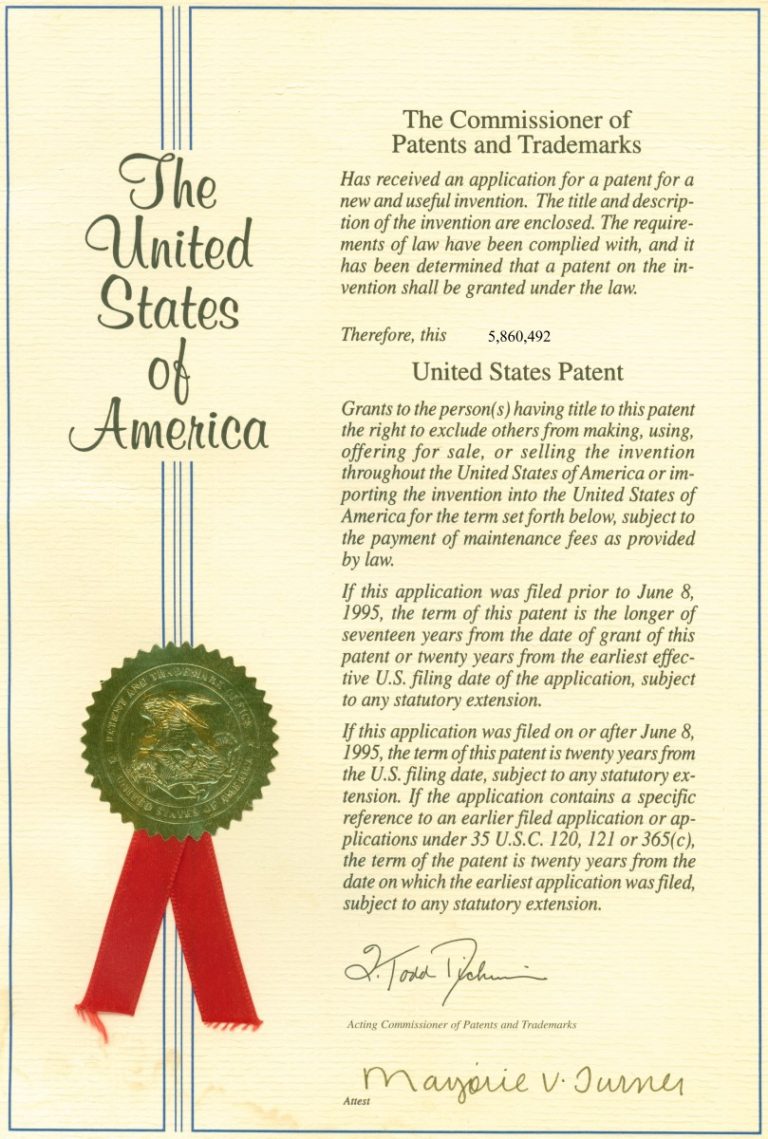
In 1966, Medtronic purchased the patents related to implantable pacemakers from Drs. Wilson Greatbatch and William Chardack. Building…

In 1965, microbiologist John Spizizen arrived at the Scripps Clinic and Research Foundation from the University of Minnesota…
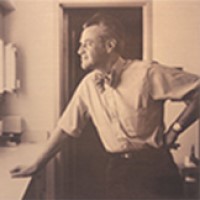
On Oct. 1, 1963 Kurt Amplatz published A Catheter Approach for Cerebral Angiography in Radiology. Amplatz, M.D., who…

In 1962, Biochemist Frank Huennekens arrived at the Scripps Clinic and Research Foundation from the University of Washington…

In 1961, Medtronic relocated its headquarters to a 15,000-square-foot facility in St. Anthony Village in Minneapolis. The new…
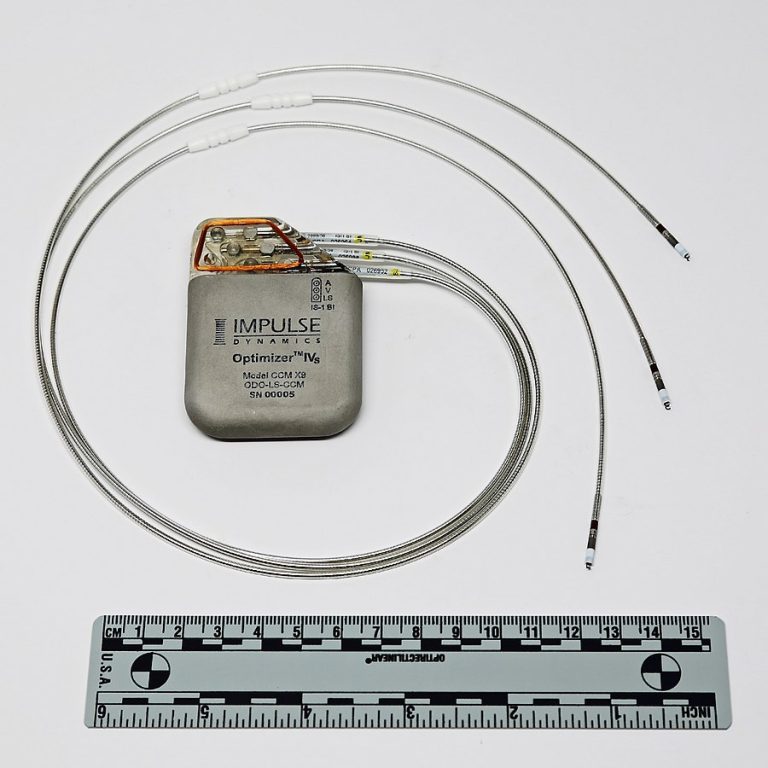
In 1960, Medtronic’s founders read an article about the implantable pulse generator with interest and soon contacted the…
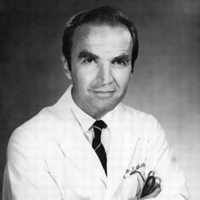
In 1958, C. Walton Lillehei and Dr. Richard A. DeWall at the University of Minnesota Heart Hospital co-invent…
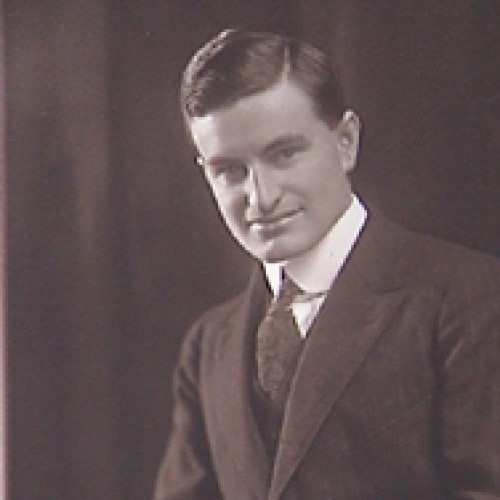
In April 1957, the American Chemical Society awarded the Priestley Medal to Farrington Daniels “to recognize distinguished services…
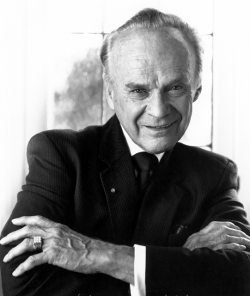
On Mar. 26, 1954, Dr. C. Walton Lillehei at the University of Minnesota performed the world’s first open-heart…
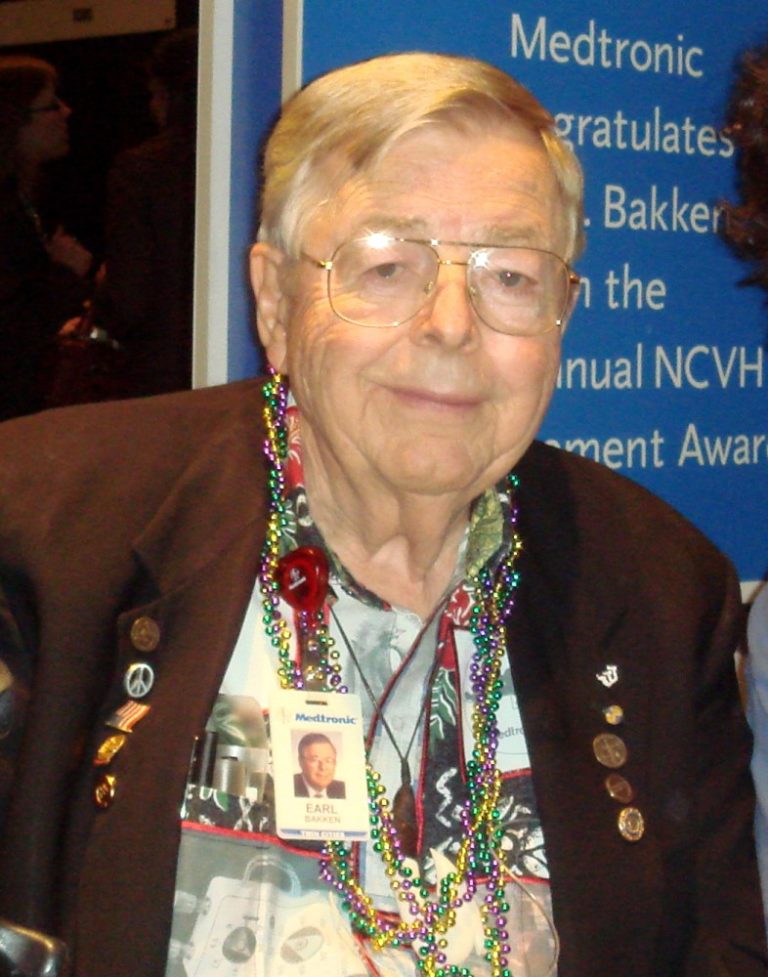
In 1953, Medtronic was founded as a medical equipment repair shop by Earl Bakken and his brother-in-law, Palmer…

In 1953, the Salk Institute for Biological Studies was founded in La Jolla, California. For more than a…
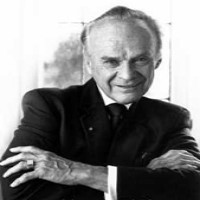
On Sept. 2, 1952, Dr. C. Walton Lillehei professor of surgery at the University of Minnesota, and colleague…
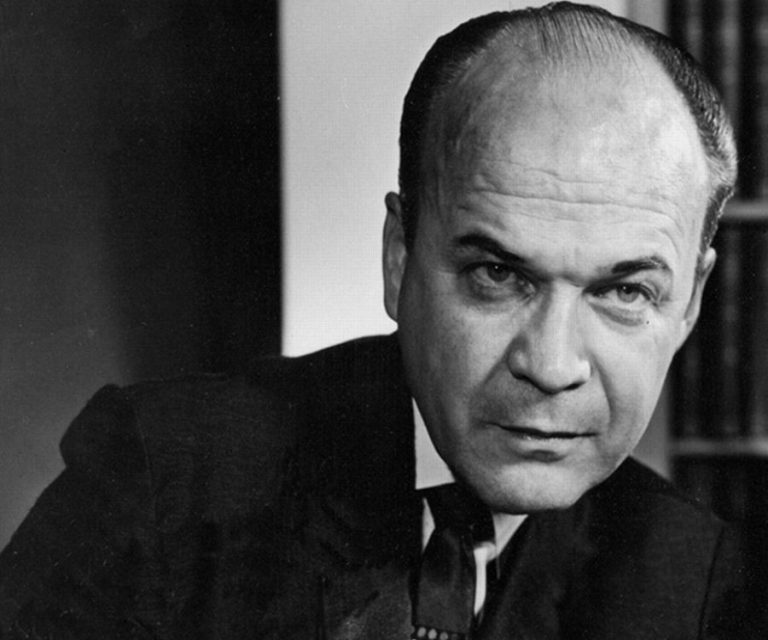
In 1950, Dr. C. Walton Lillehei at the University of Minnesota (UMN) performed surgery on Mike Shaw from…
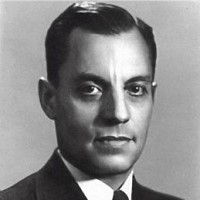
In 1949, Ancel Keyes, M.D. founded the University of Minnesota’s Laboratory of Physiologic Hygiene for research on physiology,…